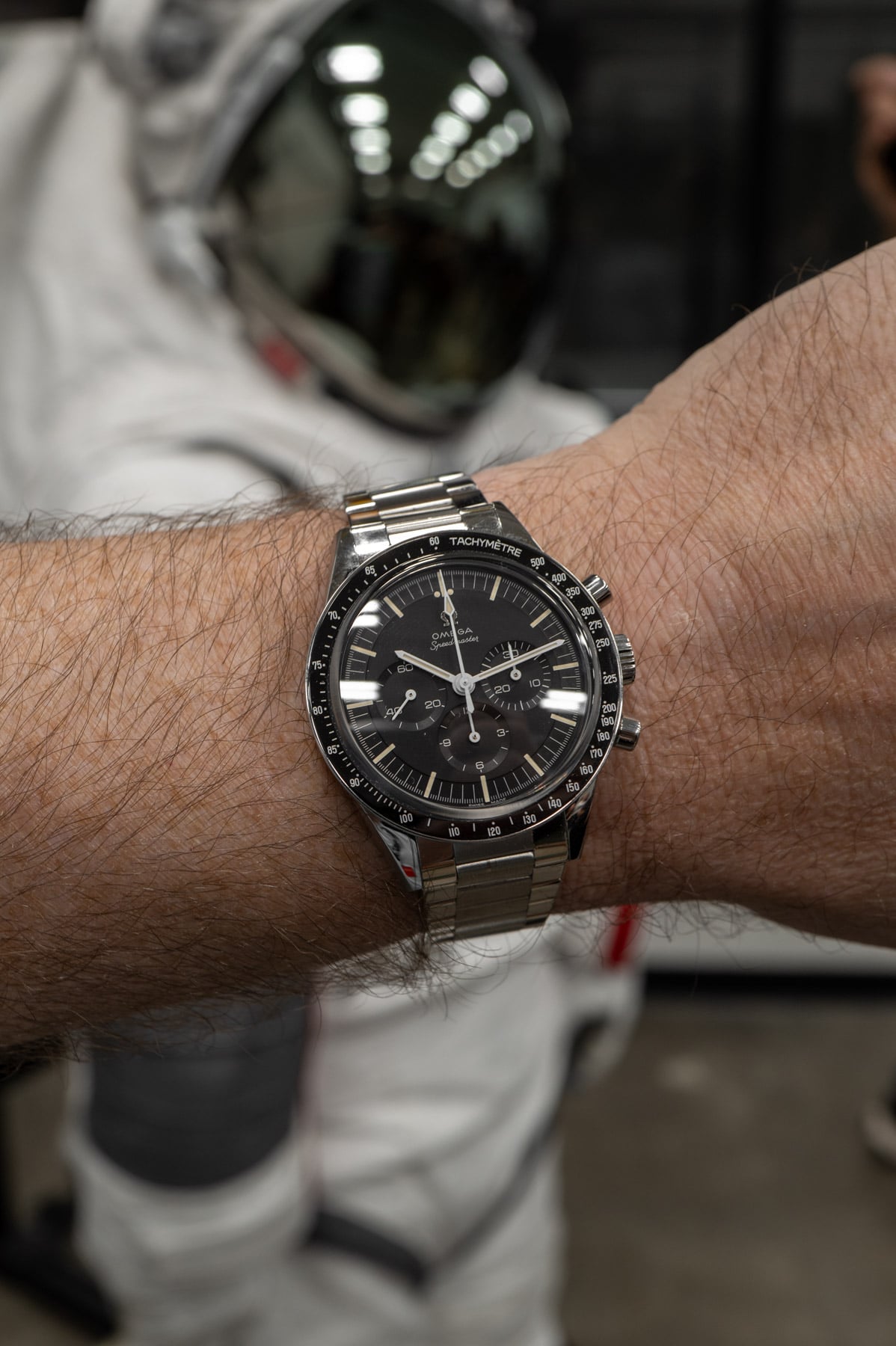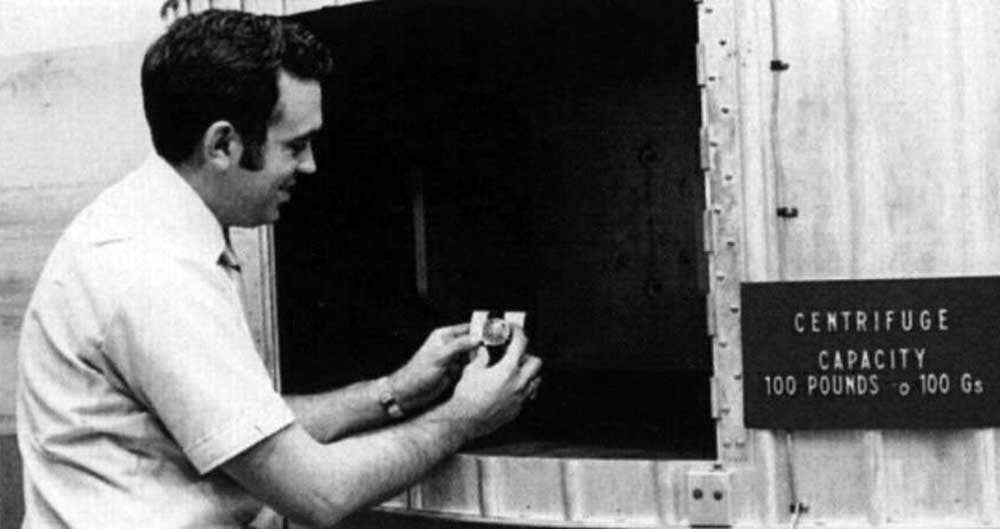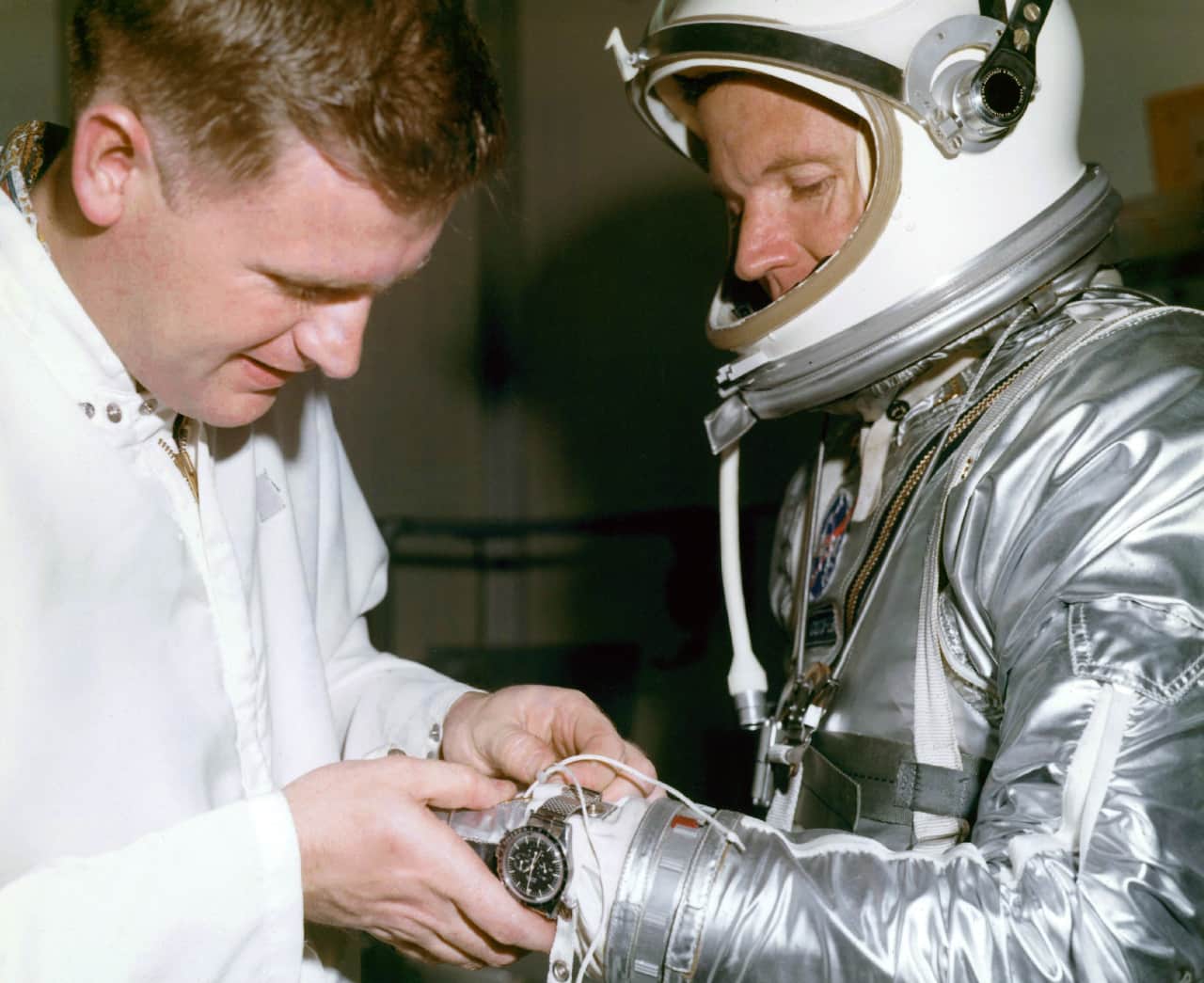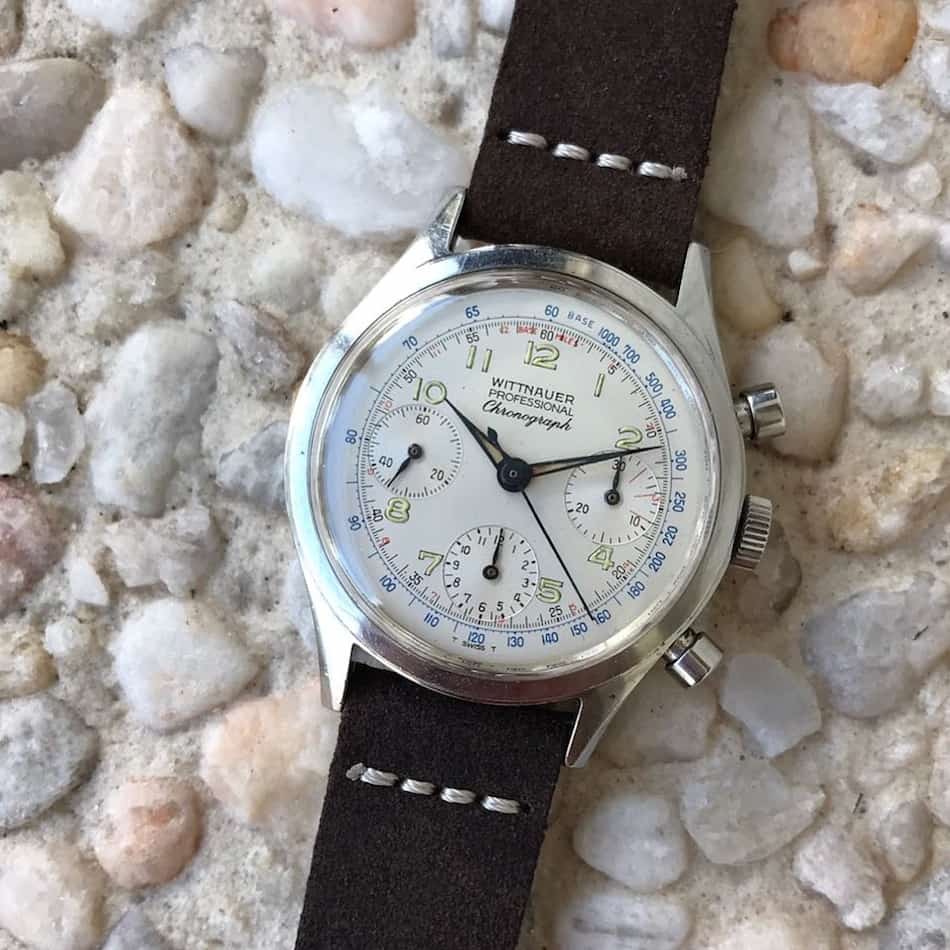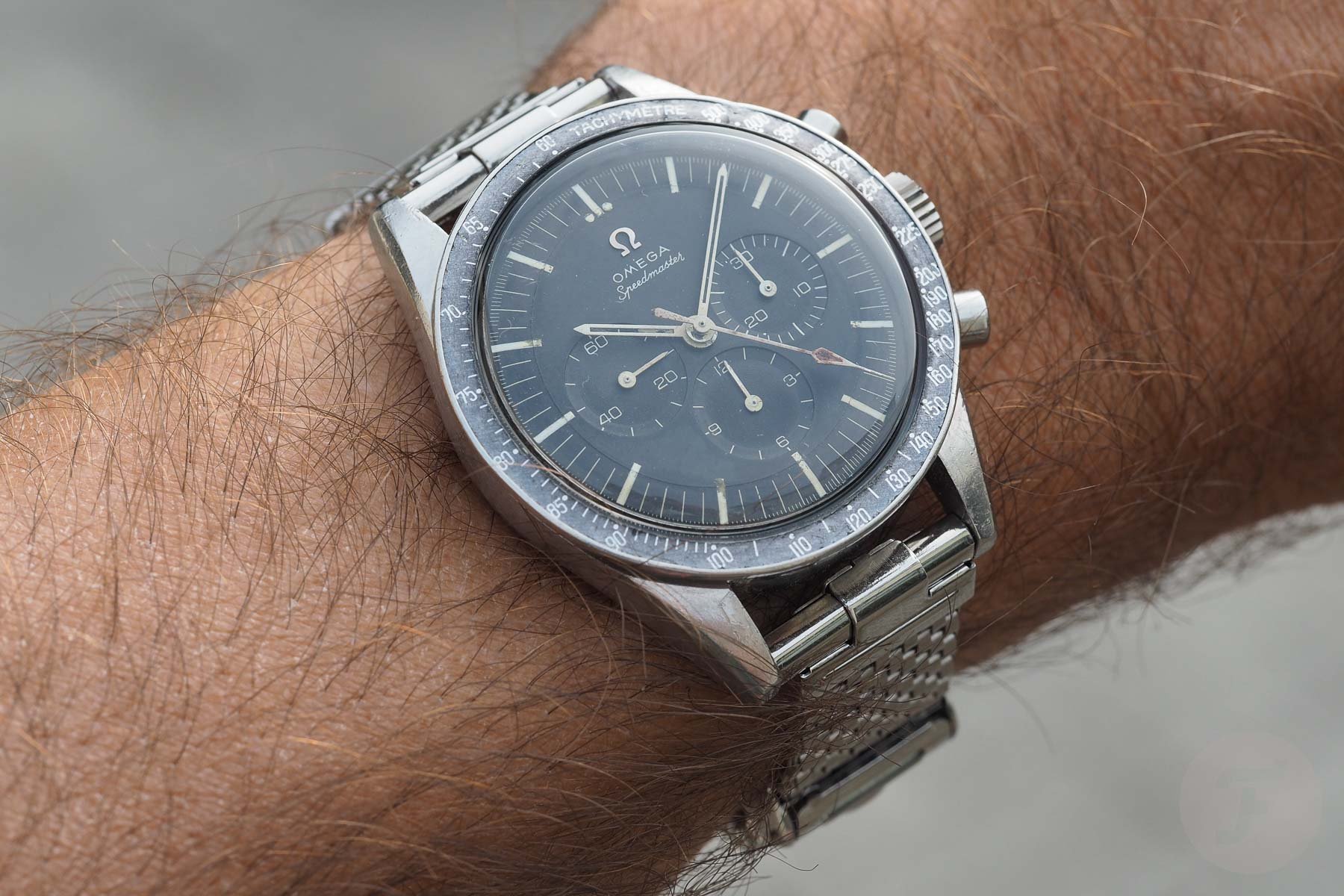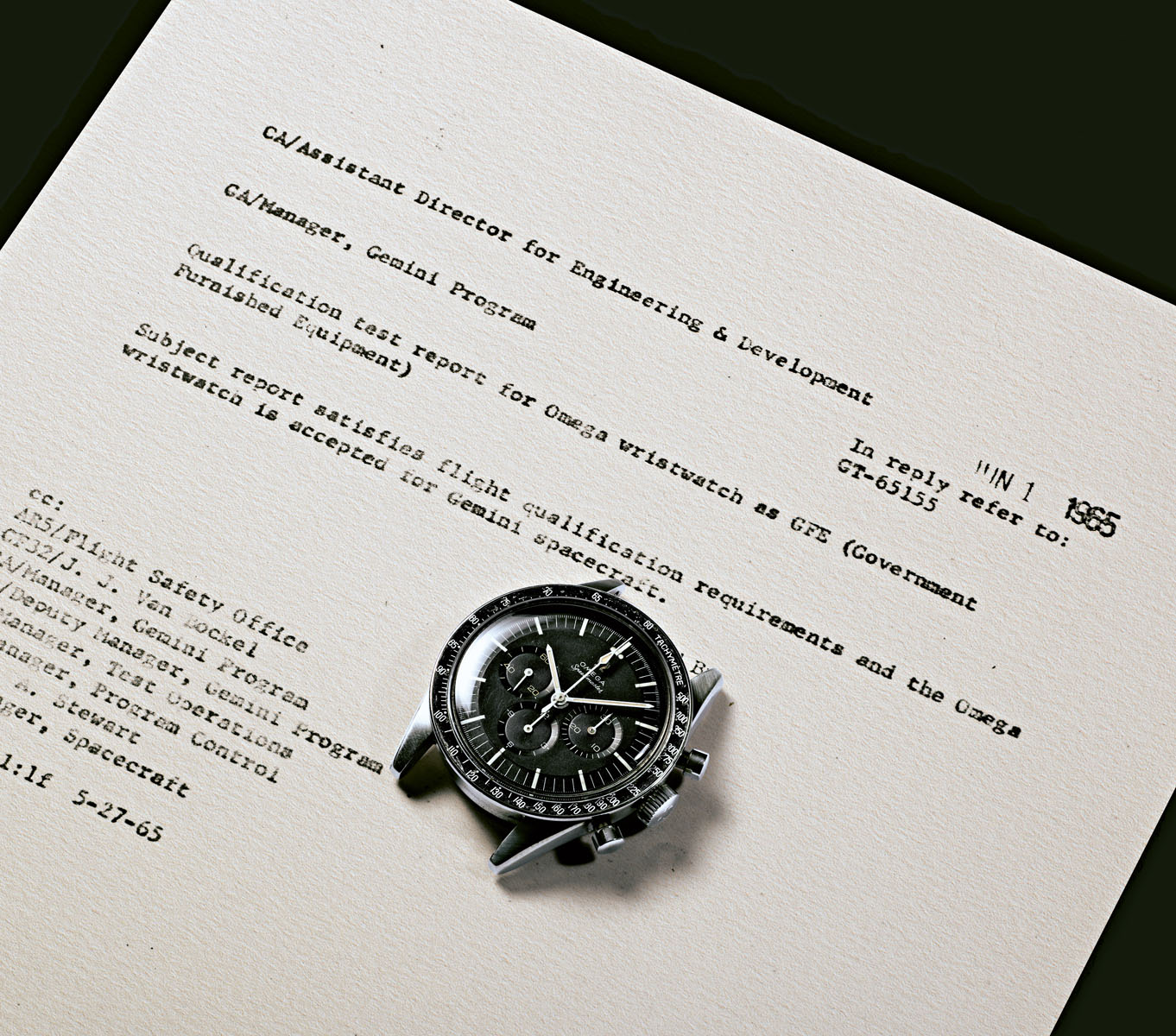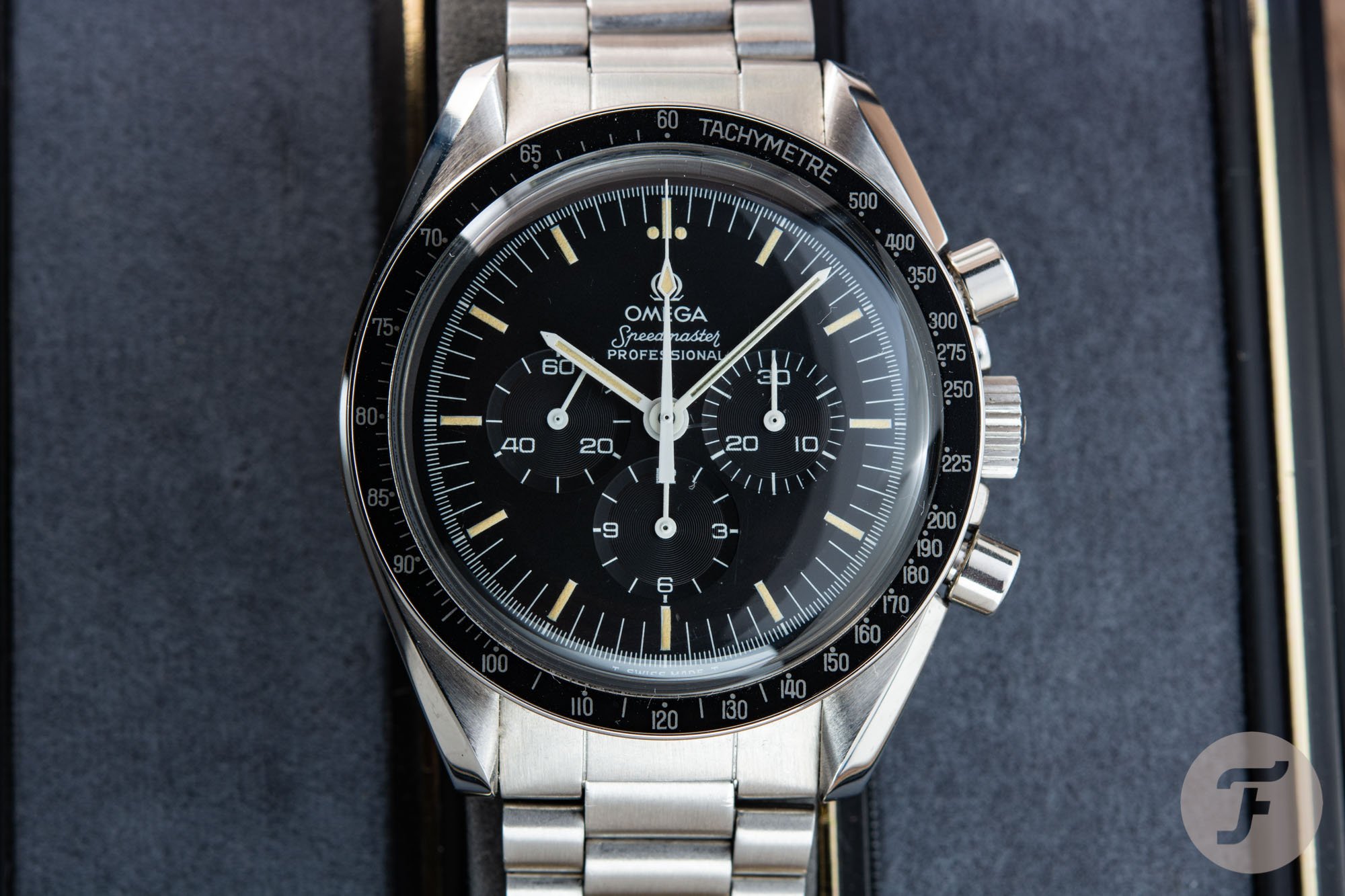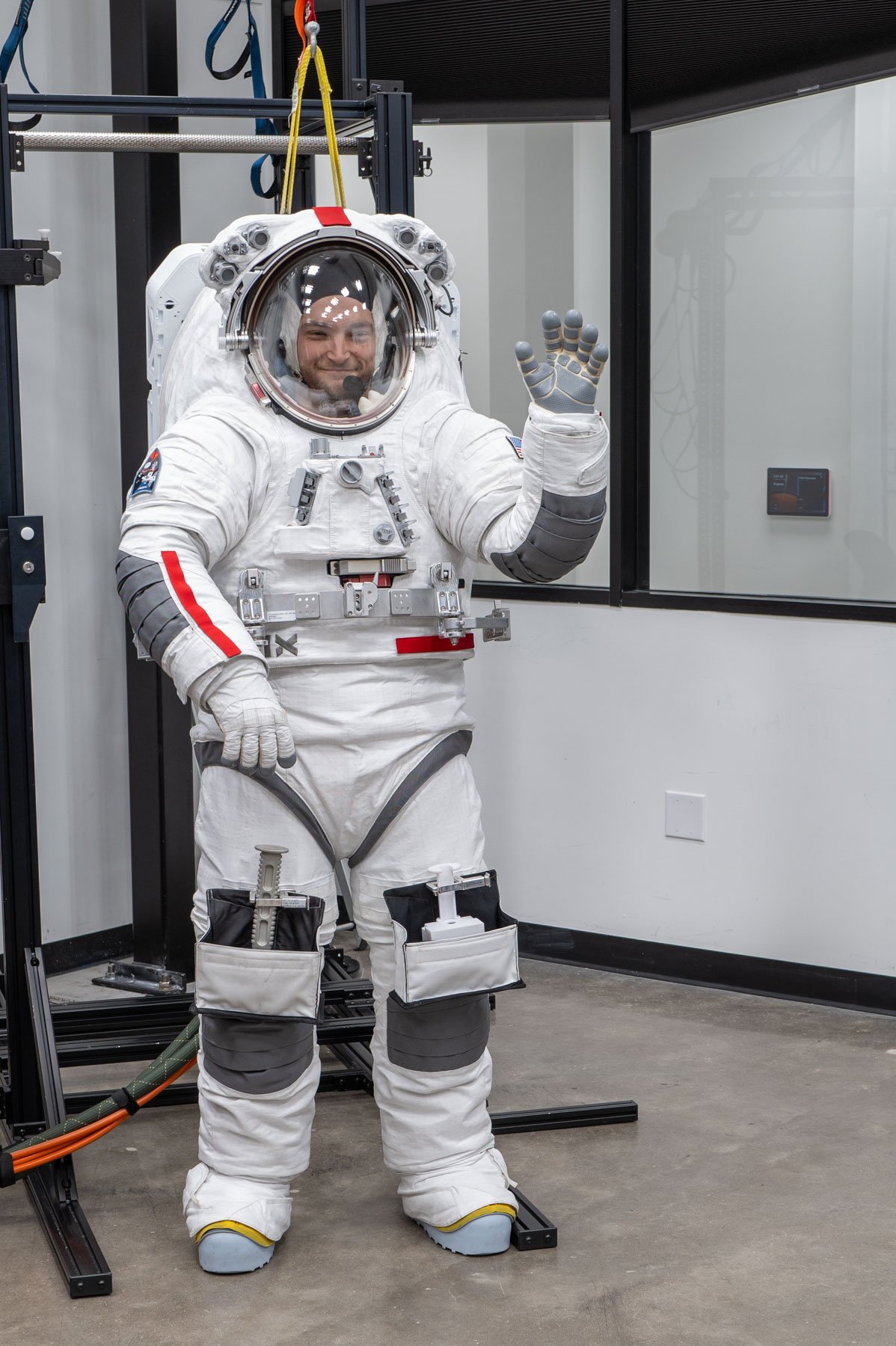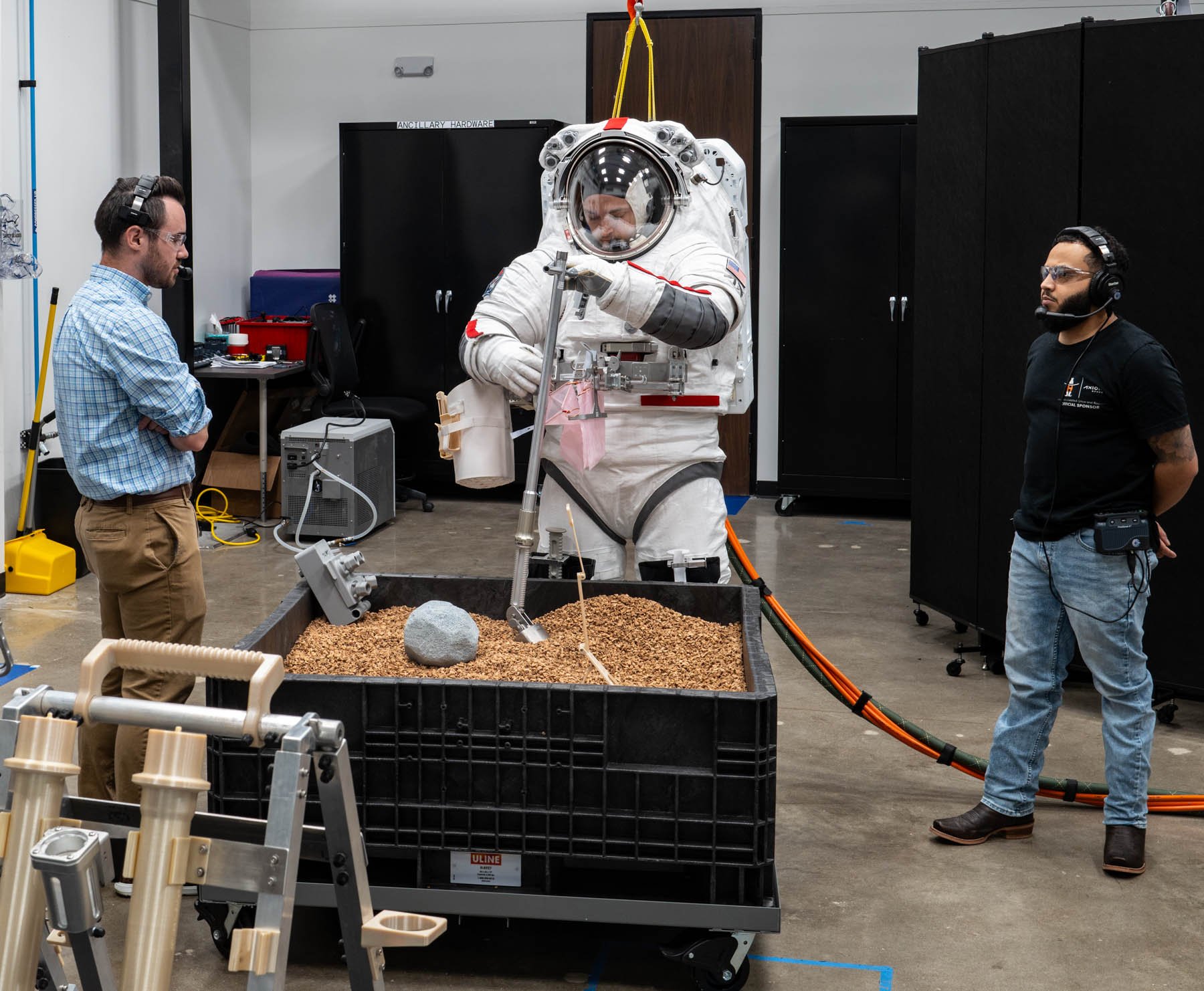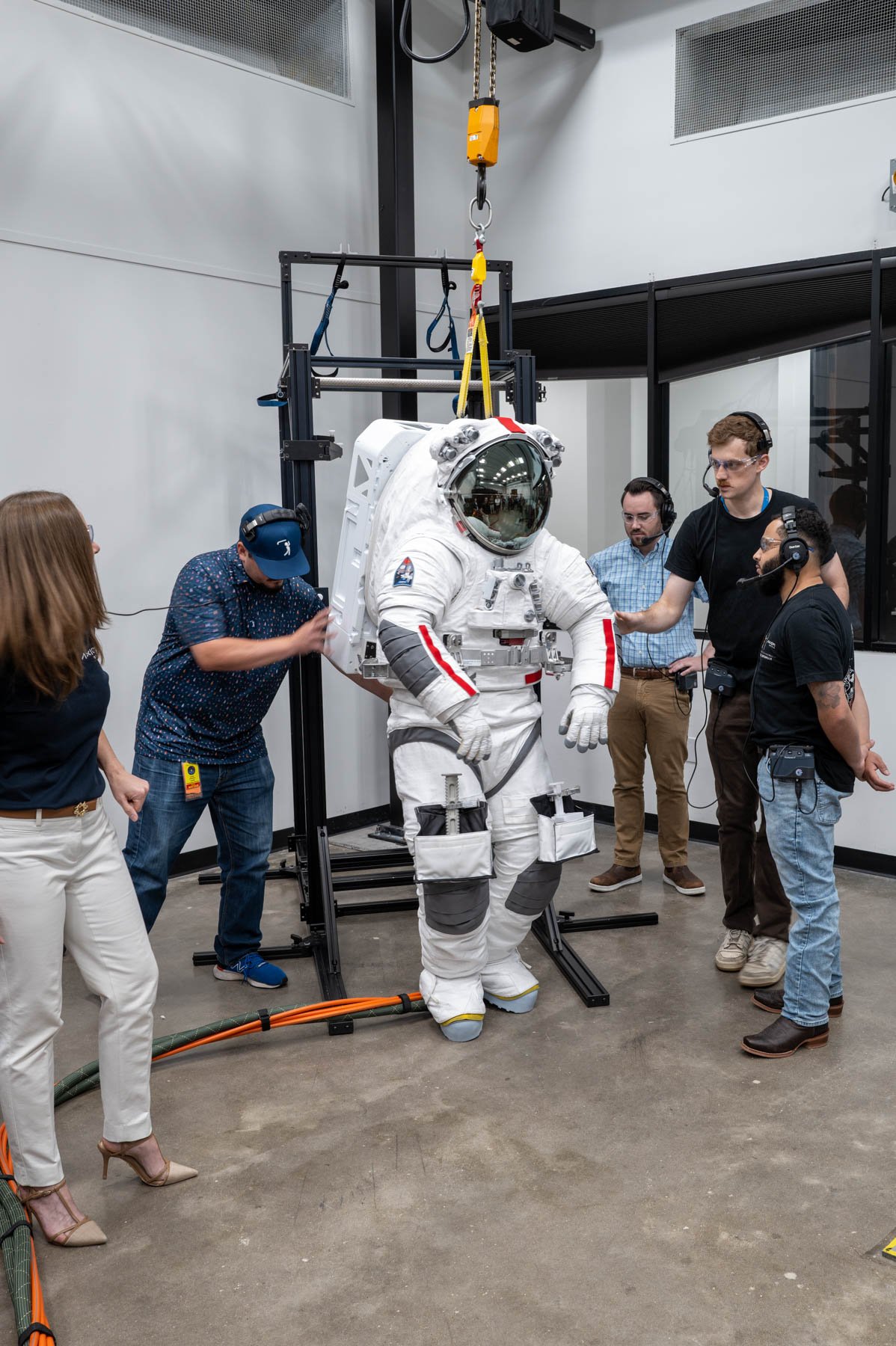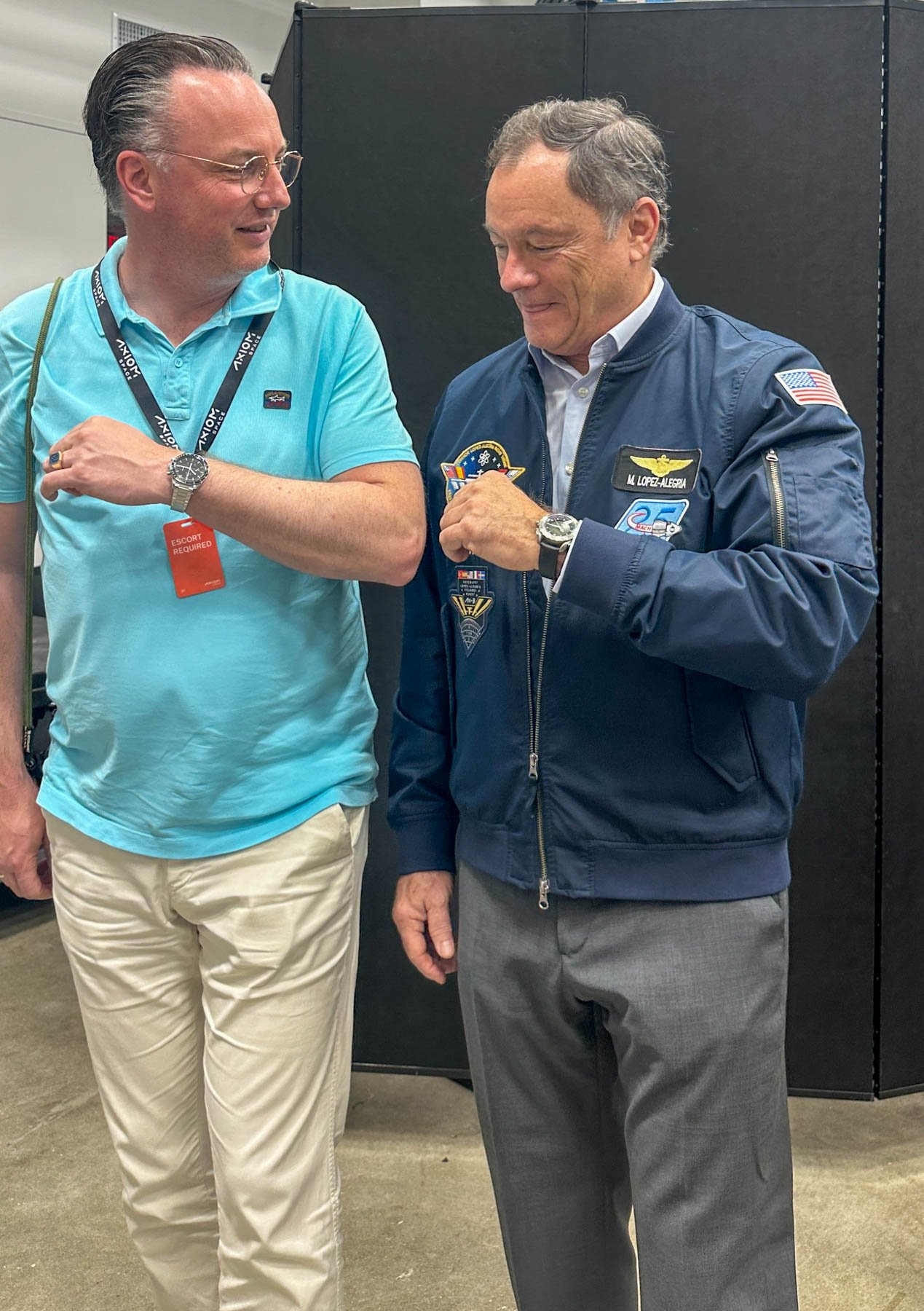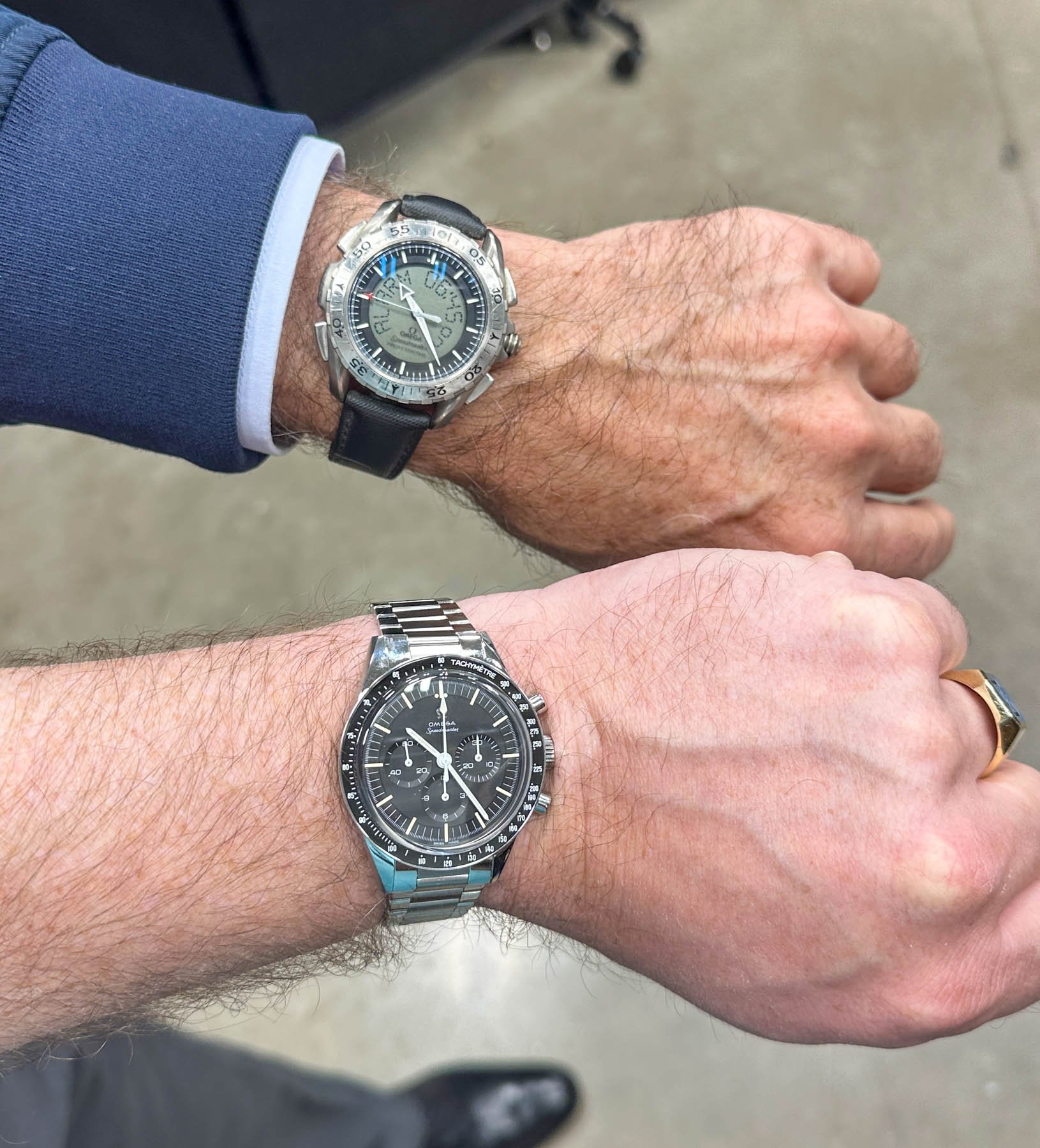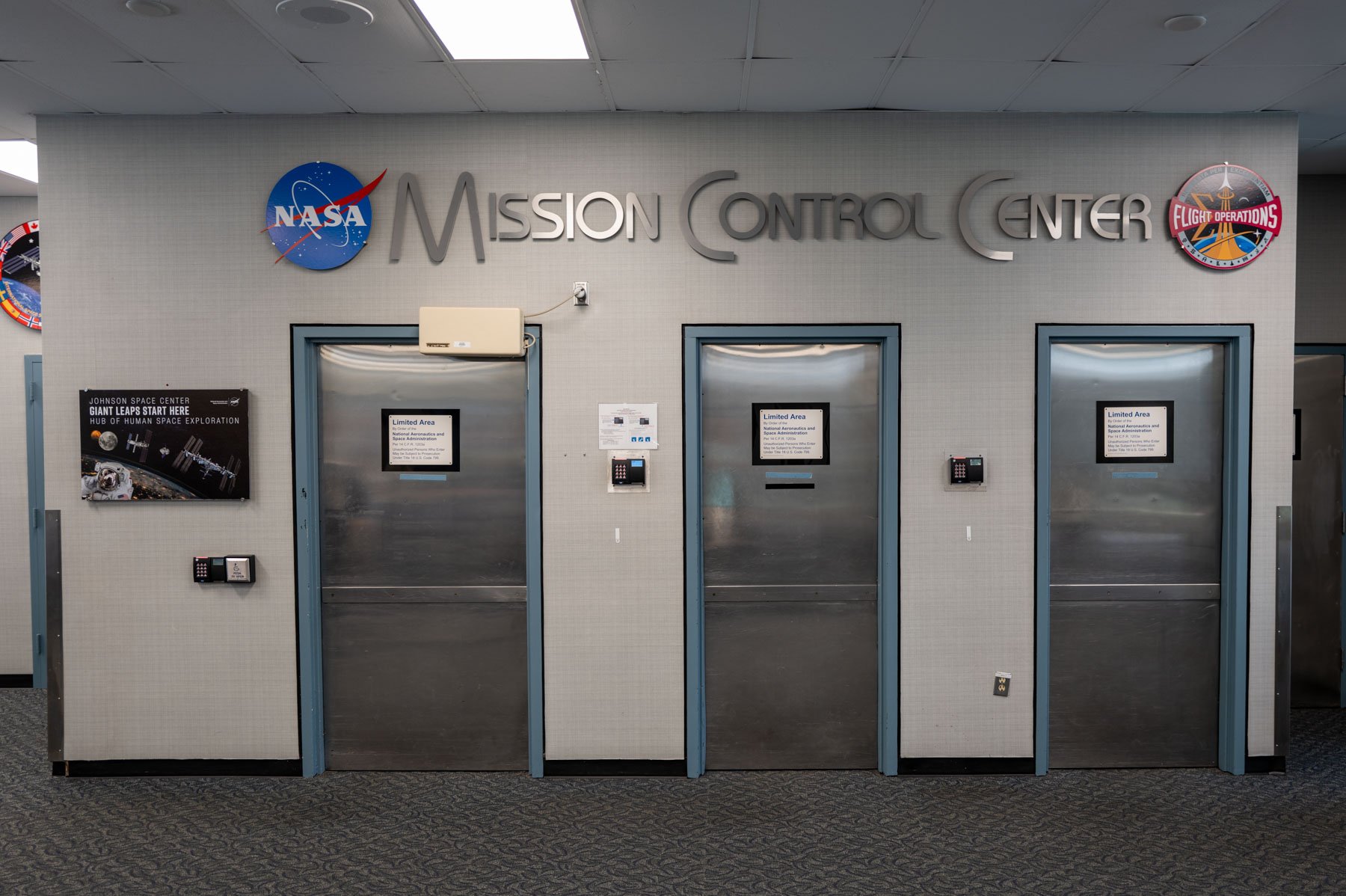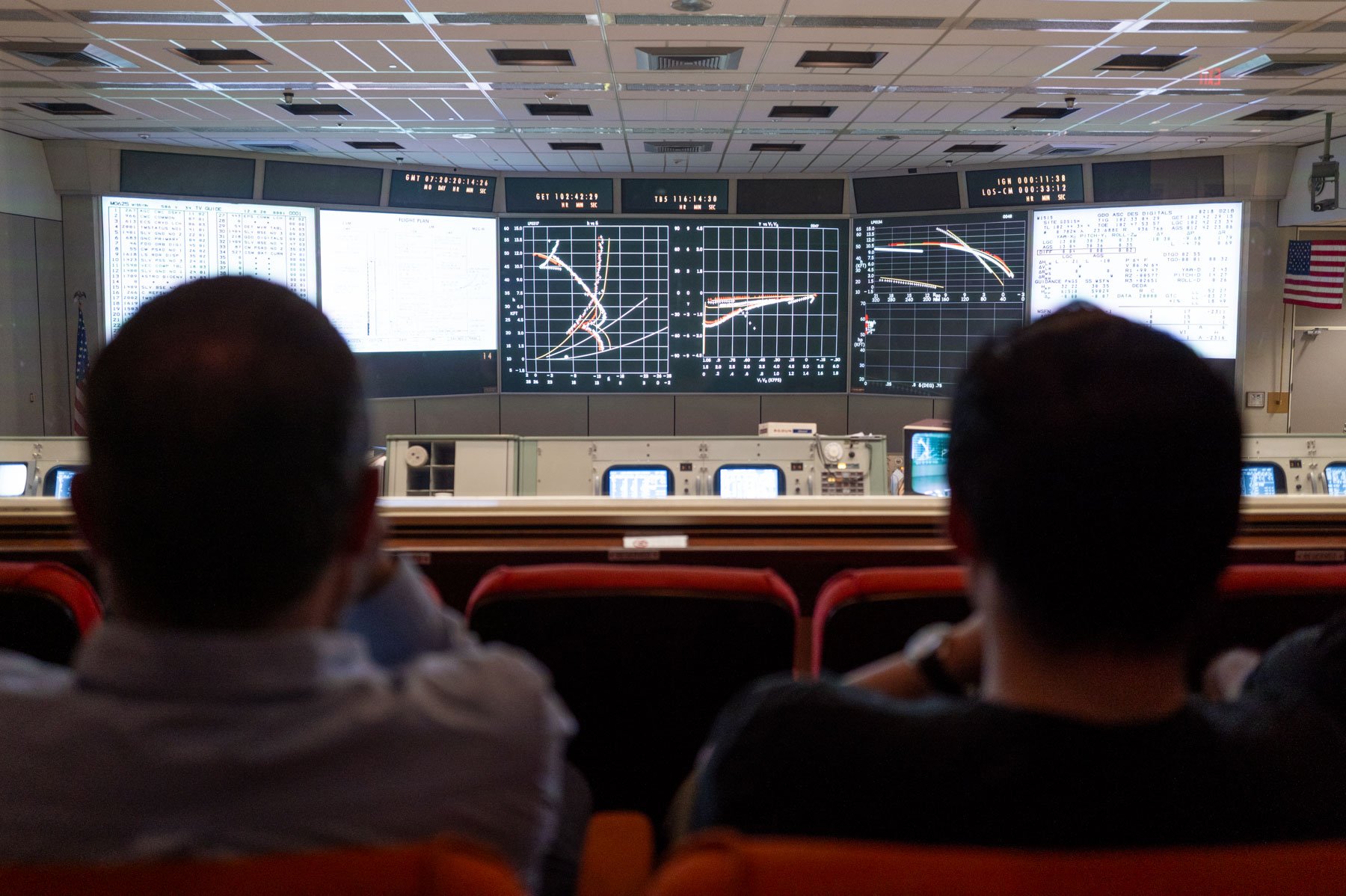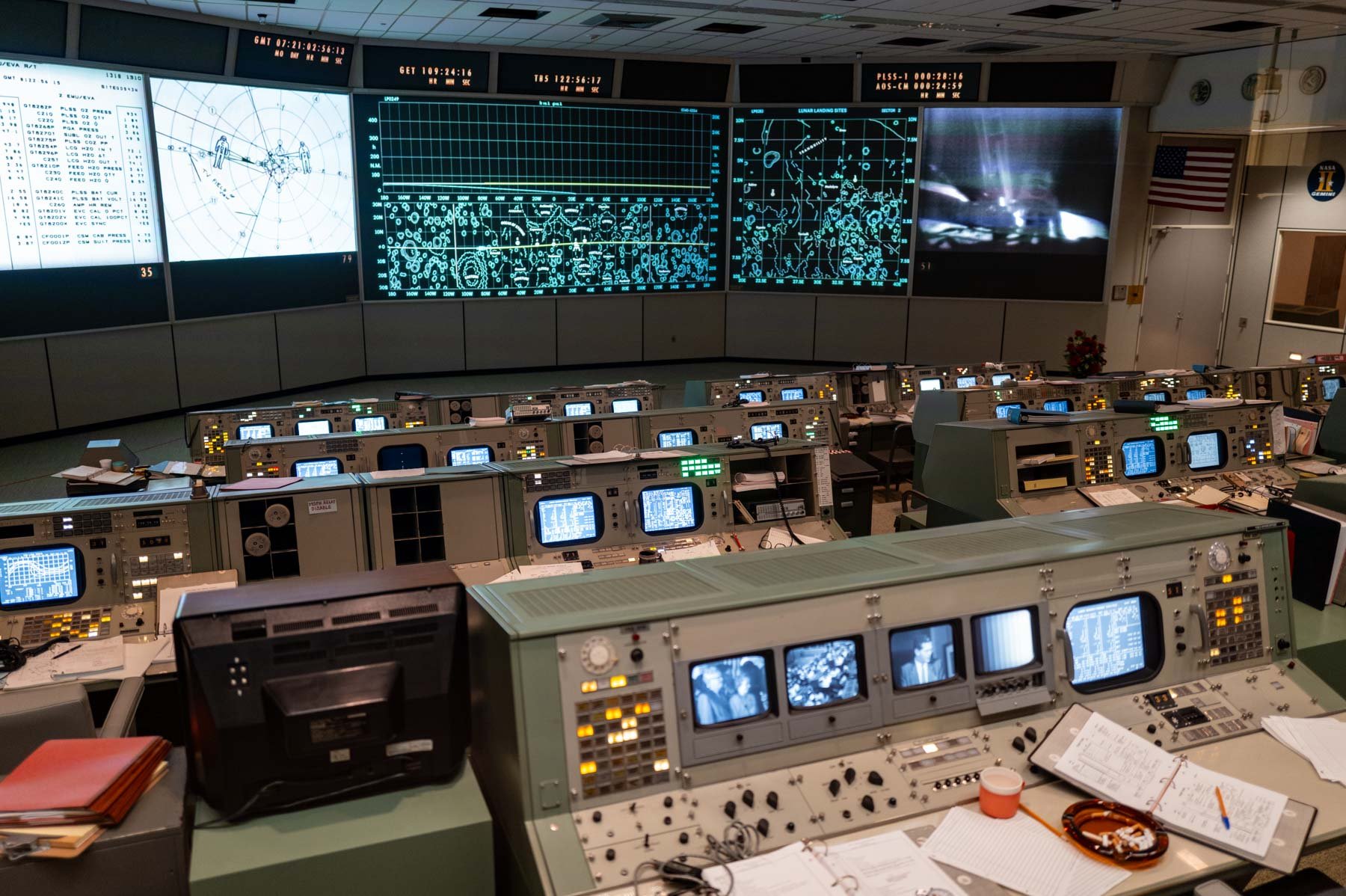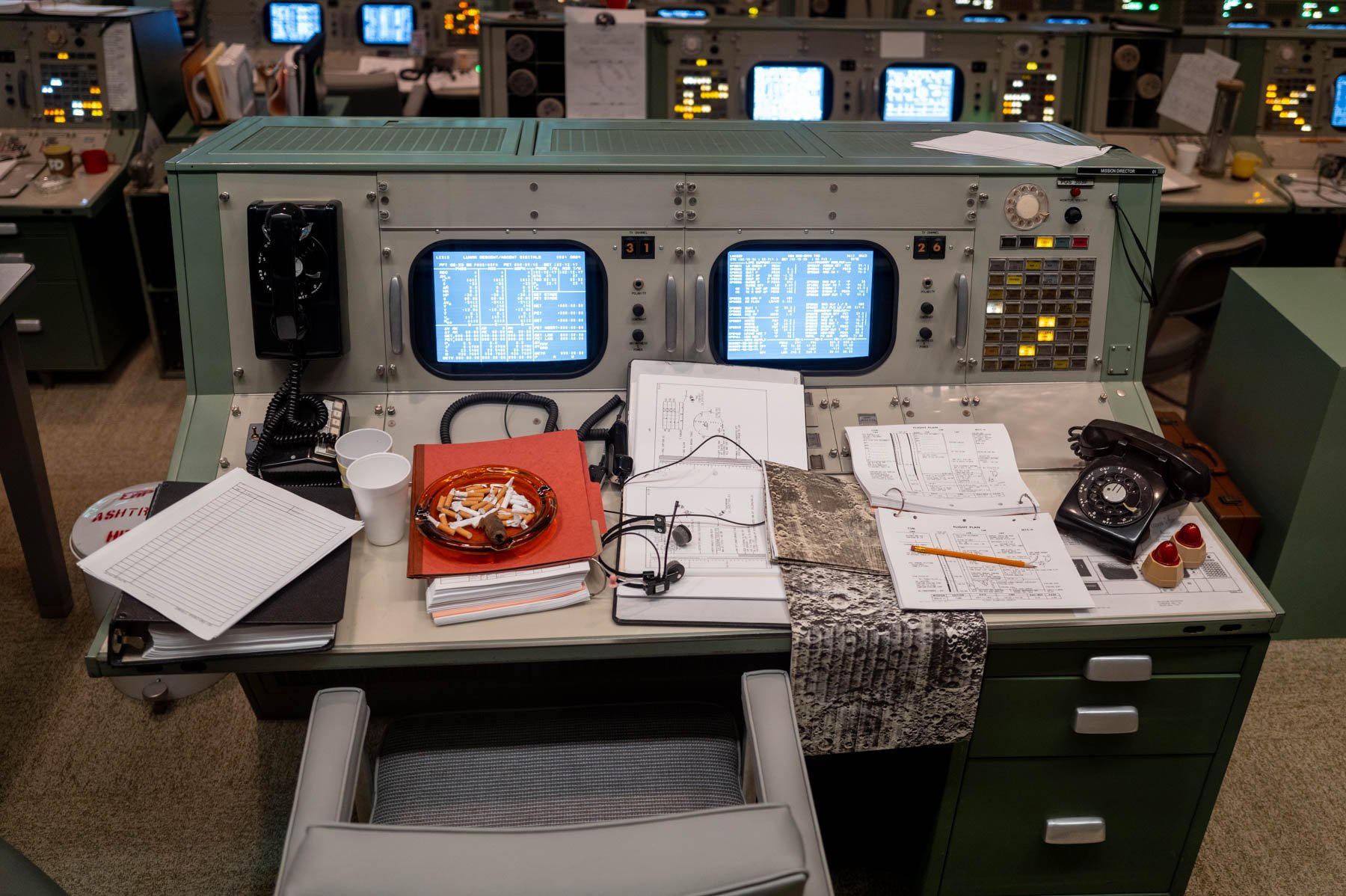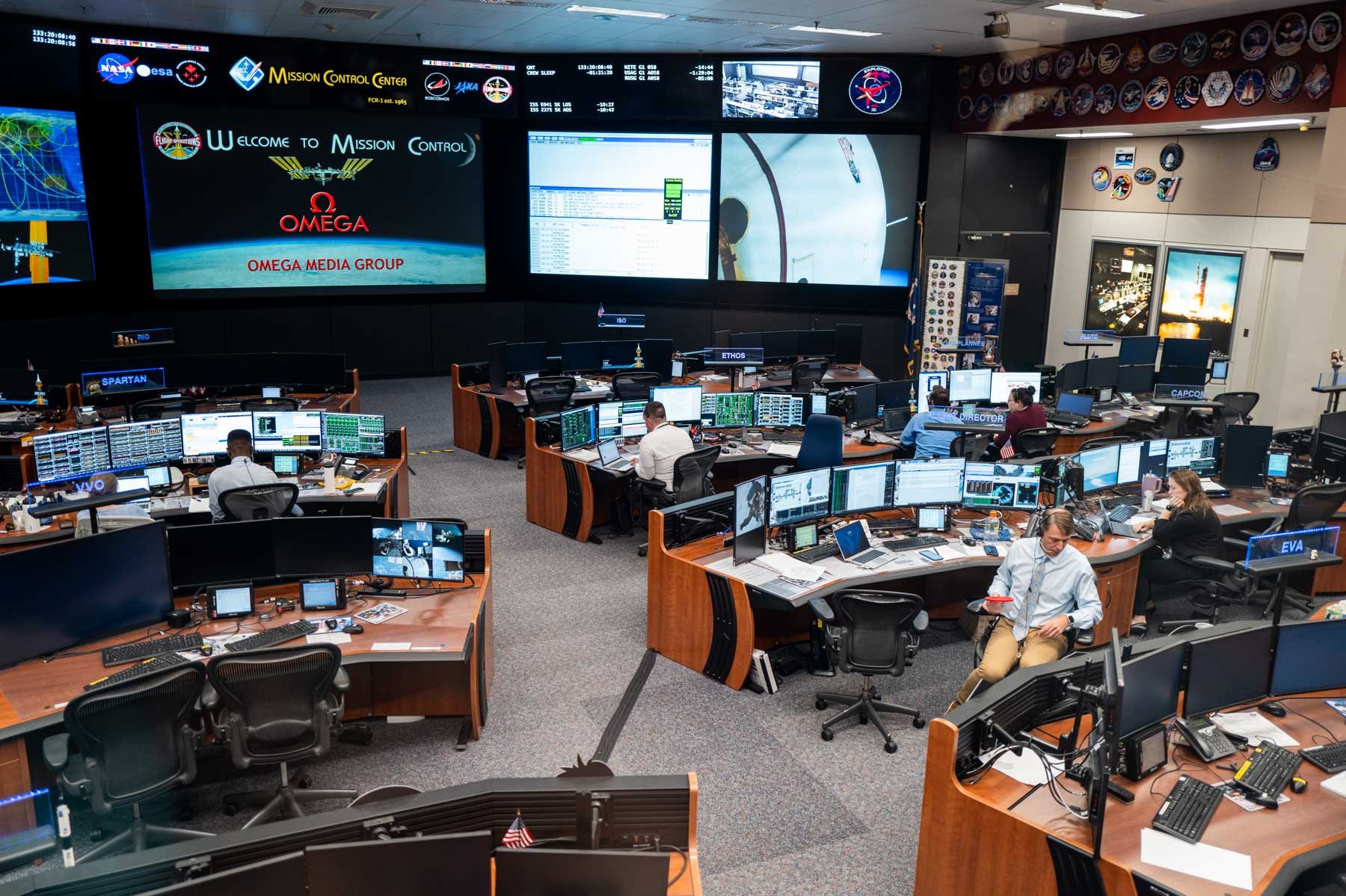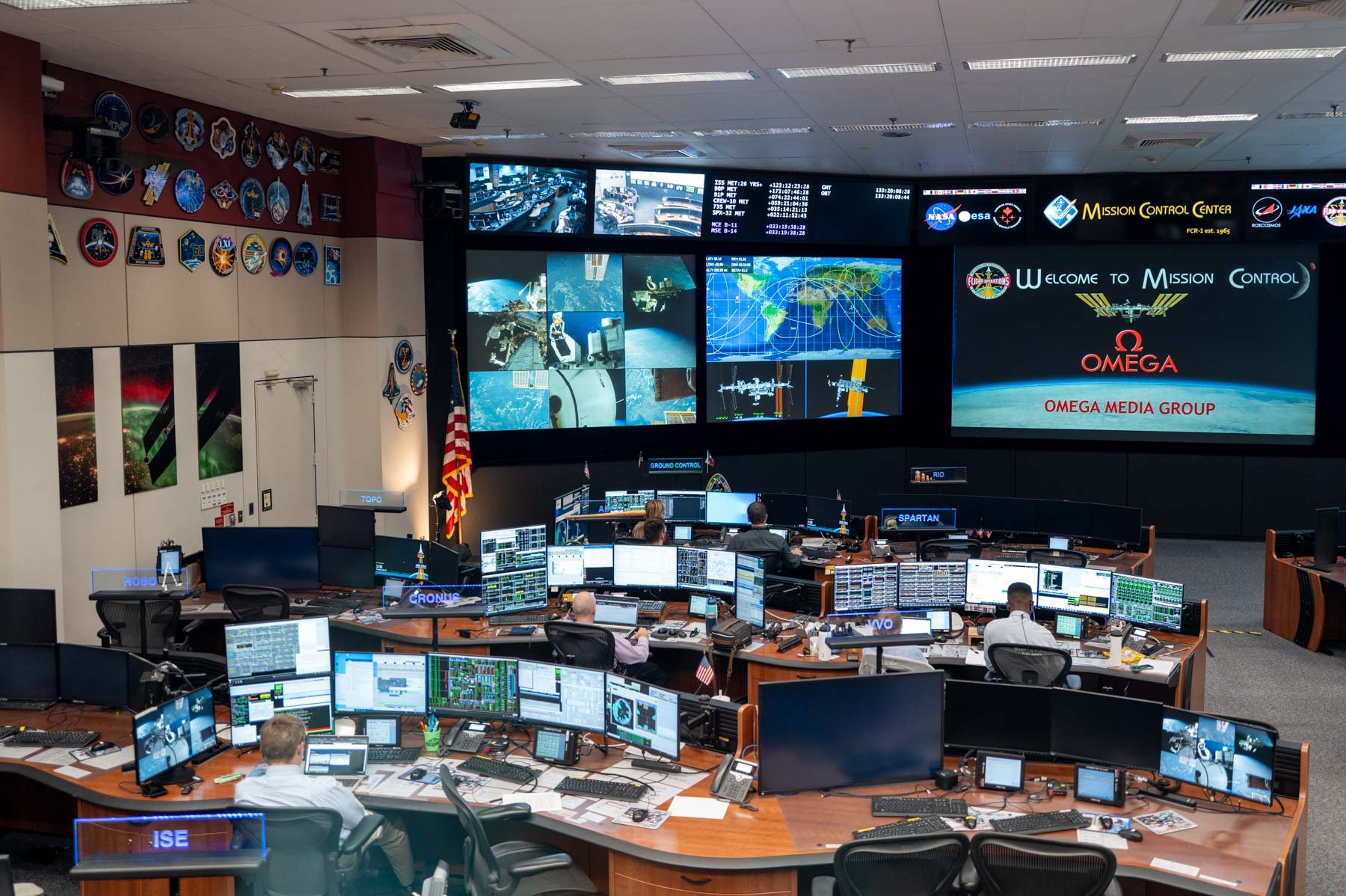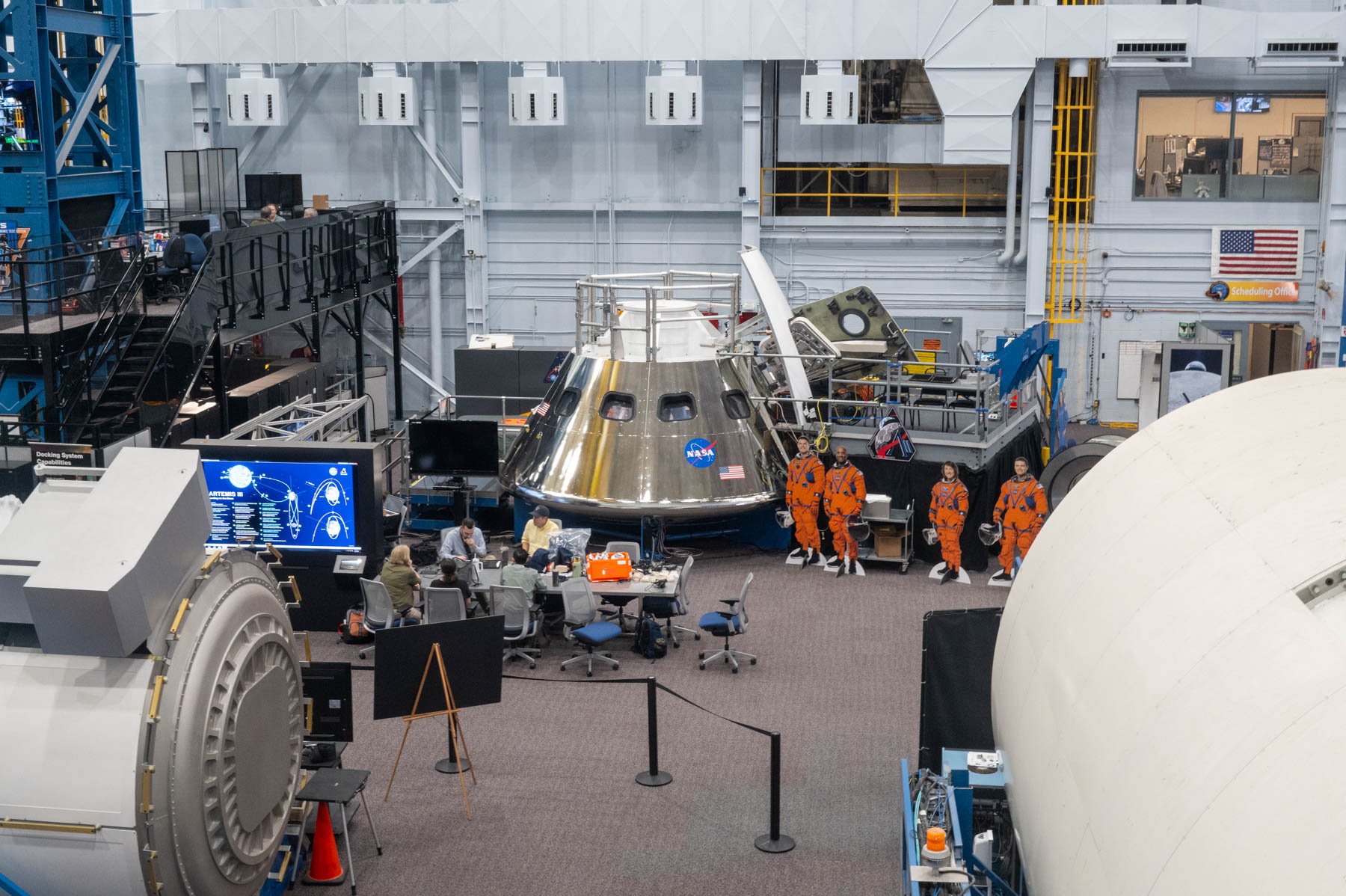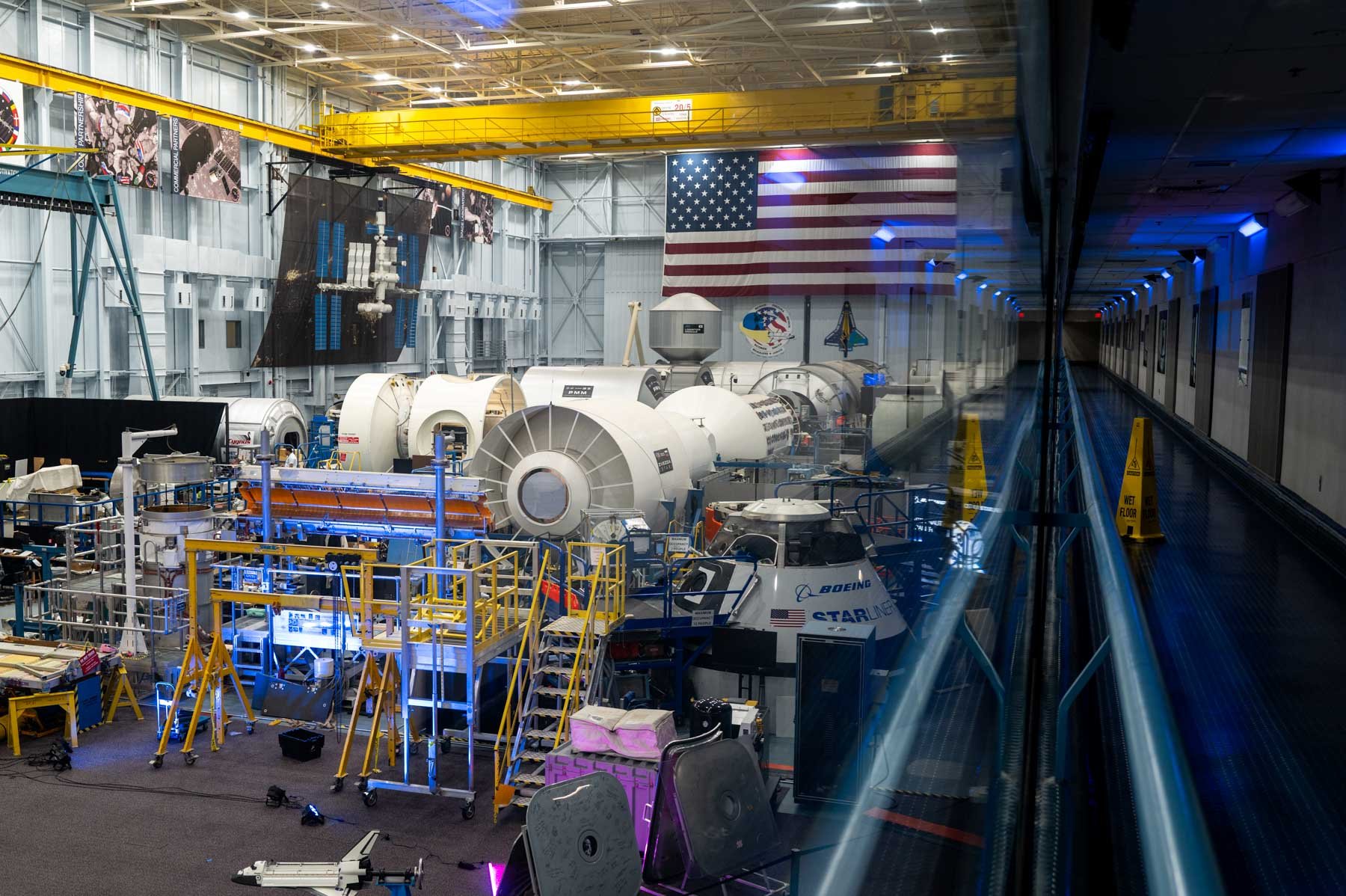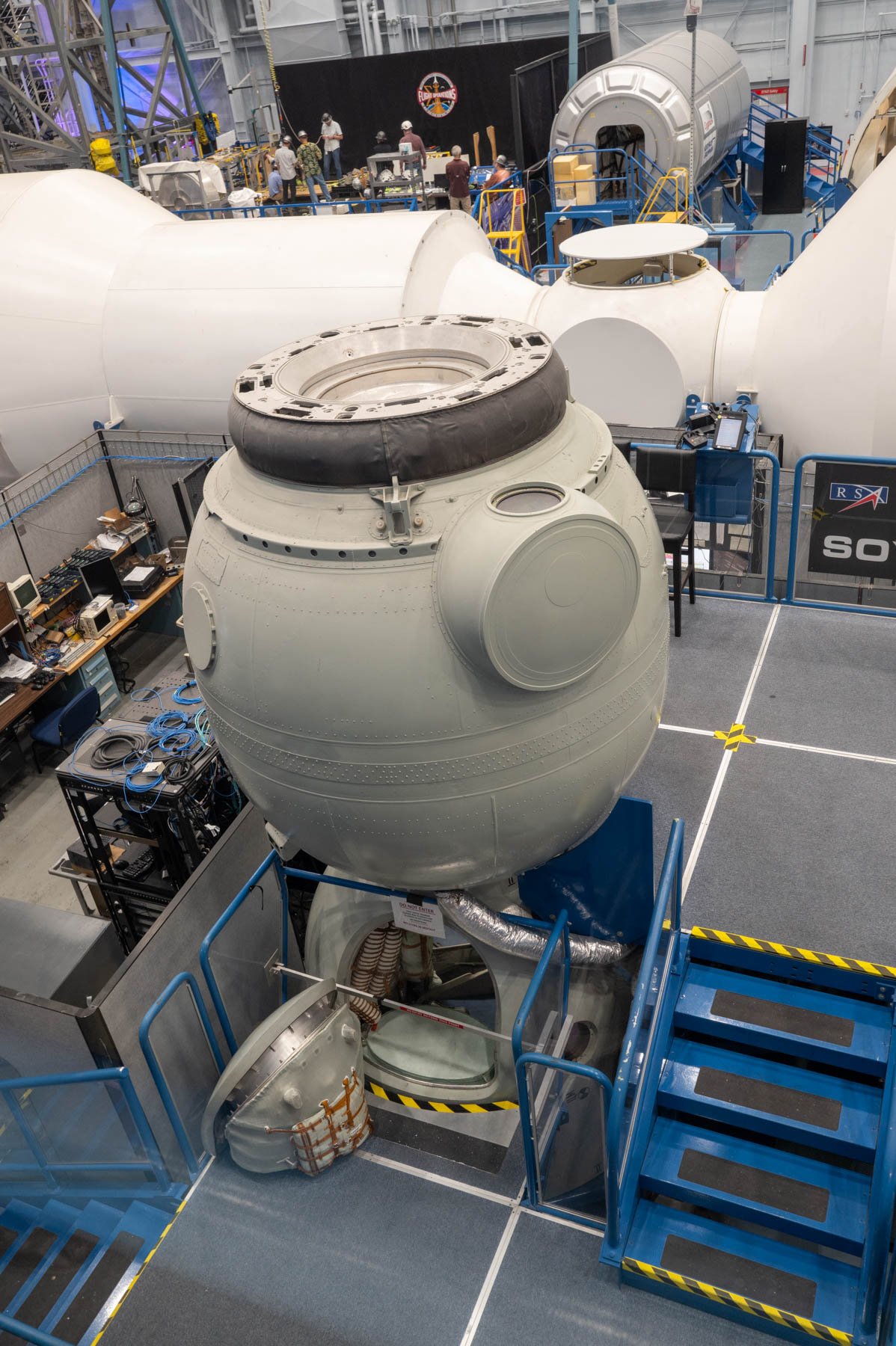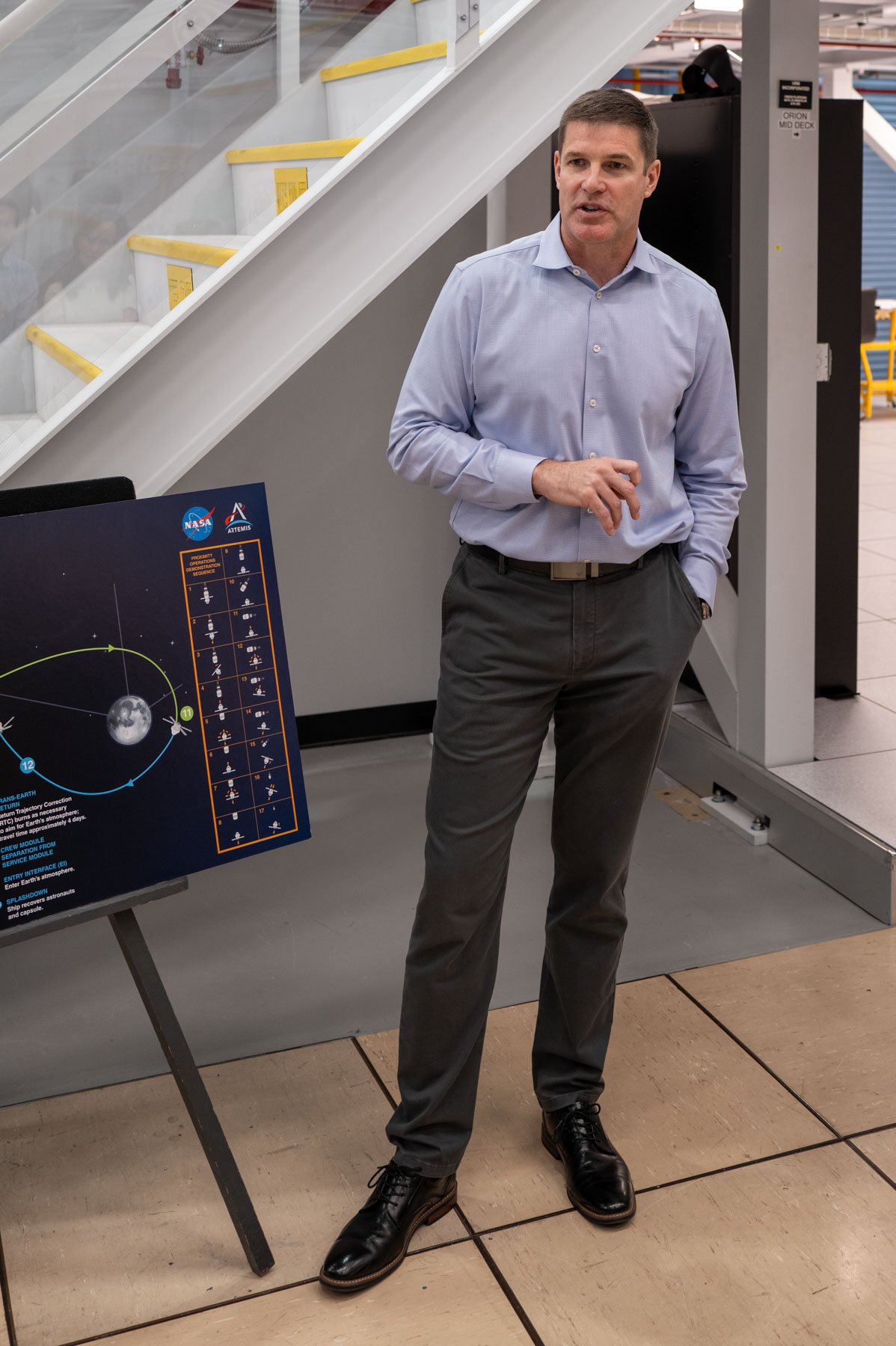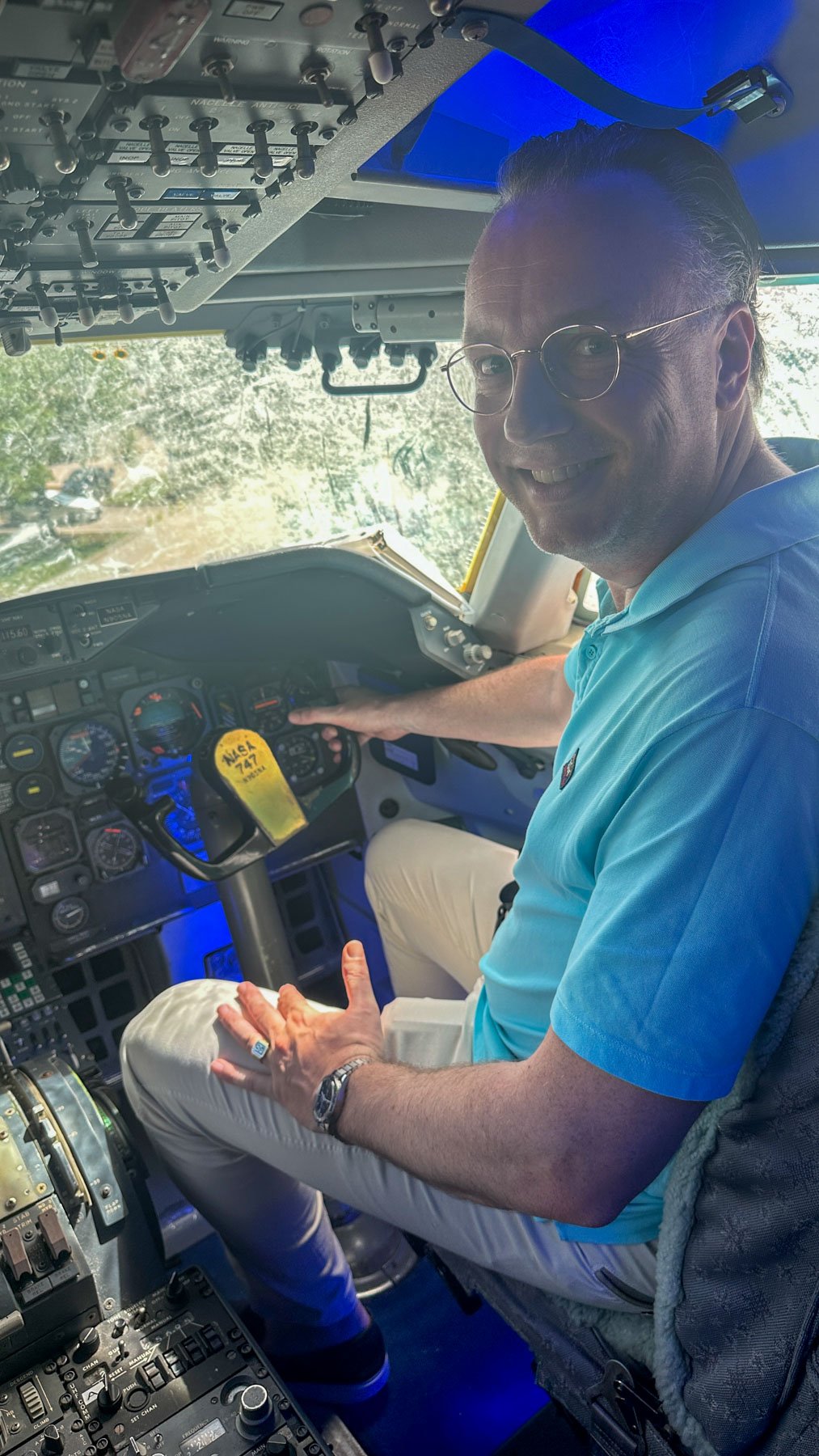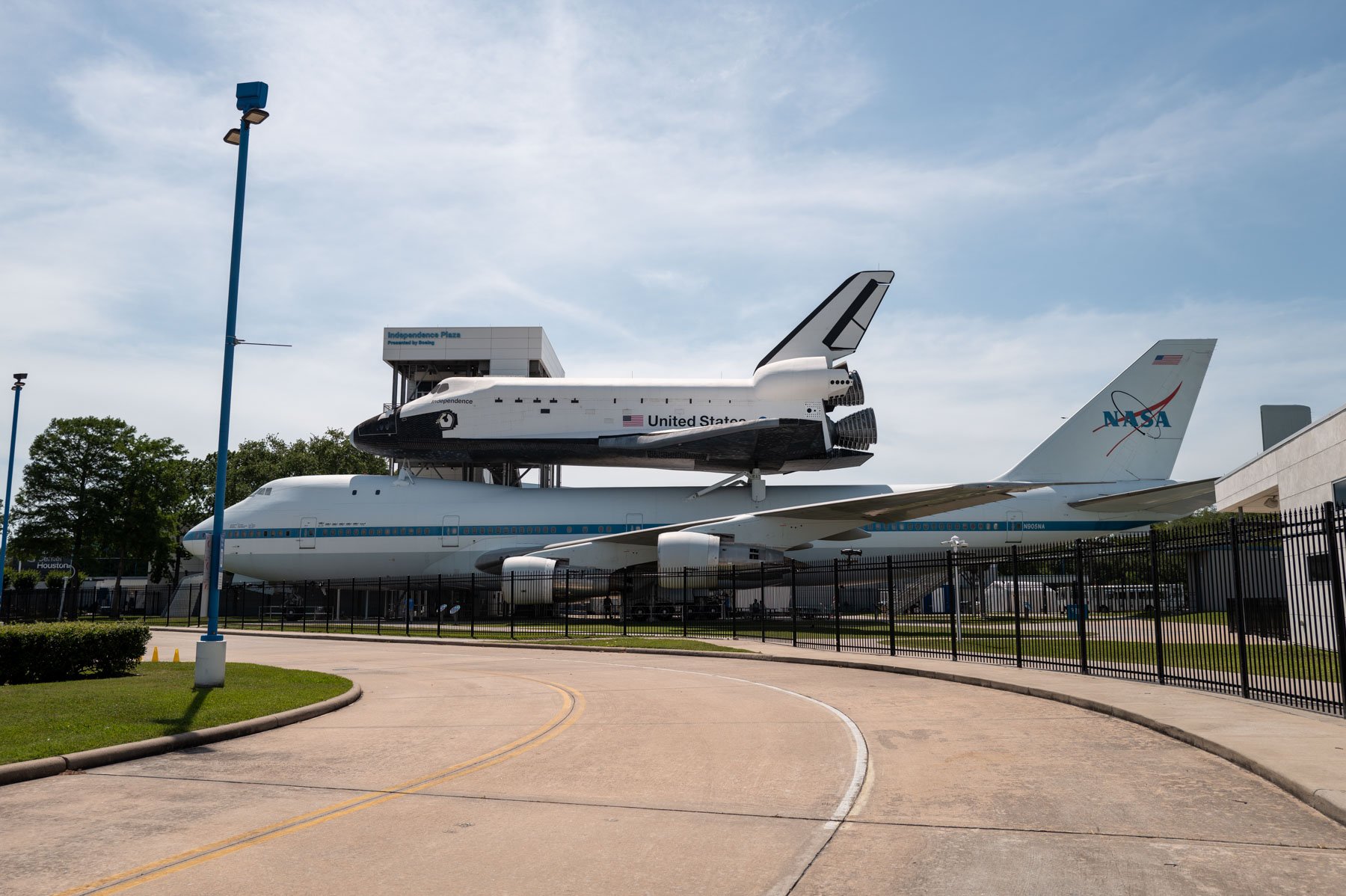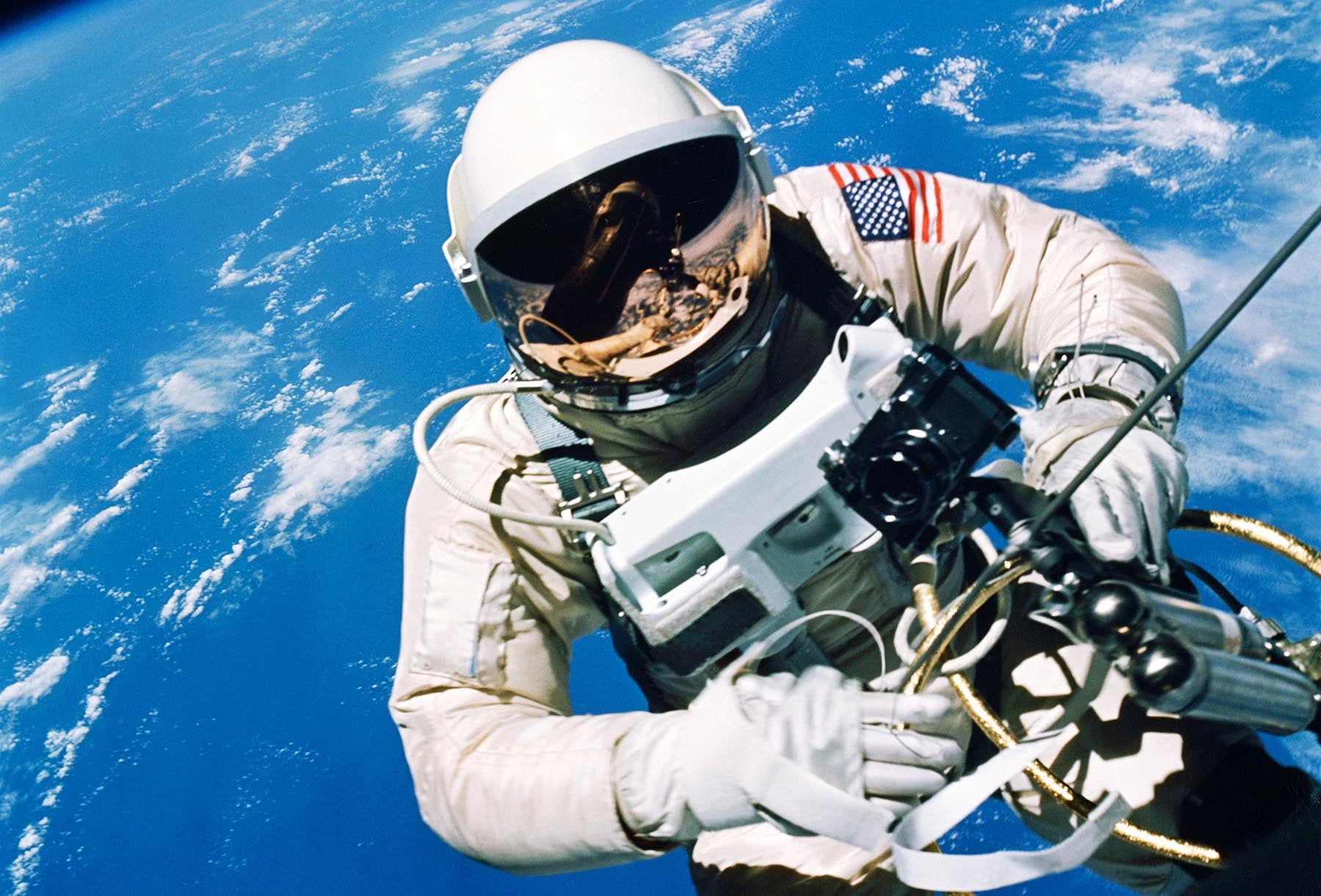Visiting NASA And Axiom Space In Houston To Celebrate The 60th Anniversary Of The Omega Speedmaster’s Flight Qualification
As Nacho pointed out a few weeks ago, 2025 marks the 60th anniversary of NASA’s qualification of the Speedmaster for use in space. As you’ve probably noticed, there’s no new Omega Speedmaster Professional to commemorate this qualification by NASA. Instead, the folks at Omega chose to discuss the Speedmaster’s qualification on the brand’s social media channels and with the press.
Flight Qualified for all Manned Space Missions
To correct a common misconception (also by other media titles), we are talking about the watch’s qualification for EVA use here, not certification. Many people still refer to this process by NASA as “certification,” but NASA doesn’t certify things. So instead of the Moonwatch being certified by NASA, it’s qualified by NASA. Fun fact: Omega made the same mistake when the X-33 Skywalker came out in 2014. The first watches to leave the manufacture had “Tested and certified by ESA” engraved on their case backs. However, Omega quickly changed this to “Tested and qualified by ESA.” If you want one of these watches, it might be fun to try getting one with the mistake.
Two stories about acquiring the Speedmaster got mixed up
I also found it interesting that the story of NASA buying watches from a local jeweler came up during my visit to Houston last week. I believe there’s some confusion between astronauts purchasing early Speedmaster models (CK2998) themselves and the tender process for the Speedmaster (105.003) in 1964. NASA’s Deke Slayton (Flight Crew Operations Director), Gordon Cooper, and Wally Schirra privately bought their Omega Speedmaster ref. CK2998 chronographs in the early 1960s. On October 3rd, 1962, Schirra wore the first Omega in space inside the Sigma 7 spacecraft during the Mercury-Atlas 8 mission.
Then, in 1964, NASA (Deke Slayton) decided to initiate a tender for wrist chronographs for astronauts to use in space. A request for proposals went out to distributors and brand representatives in the USA, including Norman Morris, who managed Omega for the US market. Other brands and distributors that responded were Wittnauer (Longines), Omega, Rolex, and Hamilton.
Omega, Rolex, Wittnauer, and Hamilton
Longines-Wittnauer, the US distributor, responded by shipping a Wittnauer ref. 235T chronograph to NASA. Rolex USA responded to the request for proposal with the “Pre-Daytona” ref. 6238 chronograph. Both watches had a Valjoux 72-based movement. Hamilton sent a pocket watch, which NASA immediately disqualified as the request clearly stated that it should be a chronograph for the wrist. Norman Morris, the US distributor for Omega, shipped the Speedmaster ref. 105.003 to NASA.
Eleven stringent tests for the chronograph watches
In Nacho’s article a few weeks ago, he also described the tests NASA performed on the three chronographs. They consisted of the following:
- High-temperature test: 70° C for 48 hours and then 93° C for 30 minutes in a partial vacuum.
- Low-temperature test: -18° C for four hours.
- Vacuum test: heated in a vacuum chamber and cooled to -18° C for several cycles.
- Humidity test: ten 24-hour cycles in >95% humidity with temperatures ranging from 25° C to 70° C.
- Corrosion test: an atmosphere of oxygen at 70° C for 48 hours.
- Shock-resistance test: six shocks at 40 g in six different directions.
- Acceleration test: progressive acceleration to 7.25 g for about five minutes and then to 16 g for 30 seconds on three axes.
- Low-pressure test: pressure of 10.6 atmospheres at 70° C for 90 minutes and then at 93° C for 30 minutes.
- High-pressure test: air pressure of 1.6 atmospheres for 60 minutes.
- Vibration test: random vibrations on three axes between five and 2,000 Hz with an acceleration of 8.8 g.
- Sound test: 130 decibels at frequencies from 40 to 10,000 Hz for 30 minutes.
NASA completed all test work on March 23rd, 1965, and officially announced the qualification on June 1st, 1965. Rolex and Wittnauer failed for reasons not communicated, while Omega’s Speedmaster passed all tests. It almost makes you think that Valjoux 72-powered watches could not withstand some of the tests, but a sample size of two is too low to draw this conclusion.
Oh, and then there was another brand…
Rumor has it that Bulova wasn’t pleased with this and made some calls. After pulling some strings, the brand was also permitted to ship a watch for testing, but it failed.
More than a decade later, in 1978, the Omega Speedmaster Professional (caliber 861) was qualified once again for use in space during the Space Shuttle program that would start in the ’80s.
A visit to Axiom Space and NASA in Houston
Anyway, Omega used this 60th qualification anniversary as an opportunity to show a select group of media around Axiom Space and NASA in Houston. On Tuesday (of course), Omega first took us to the Axiom Space HQ in Houston. It took us about 40 minutes to get from uptown Houston to the industrial area where the Axiom Space building is. After verifying the identity of a dozen or so media representatives, the staff welcomed us into a space (no pun intended) where Axiom conducts tests on its specially developed spacesuit.
Spacesuit development
The Axiom spacesuit is produced at this location by many people who have backgrounds in space engineering. This primarily concerns the development of the suit because, in the department where production occurred (taking pictures was off limits), we spoke to several individuals with experience in producing theater costumes.
The folks at Axiom were very open about the partnerships they have outside the company. Prada is involved in specific parts of the space suit (the dark gray pieces on the elbows and knees), and Oakley has contributed to developing the space helmet’s visor.
More than one Speedmaster for each astronaut
Interestingly, astronaut Michael López-Alegría was there as well, serving as the director of business development at Axiom. López-Alegría spent an impressive 296 days and 16 hours in space. His longest mission was Expedition 14, during which he was in space for 215 days. In 2022, he also commanded Axiom Mission 1, the first Axiom Space Crew Dragon mission to the ISS. During our brief conversation at Axiom, he wore his second-generation Speedmaster X-33, which remains NASA’s default watch for all astronauts.
Axiom astronauts wear the X-33 Skywalker aboard the spacecraft. For EVA, the manual-winding Speedmaster Professional Moonwatch is still the preferred choice for both NASA and Axiom. So yes, every astronaut received two Omega Speedmaster watches. At NASA, the second-gen X-33 is still the standard-issue watch for space crew members. Omega still has these watches available (for NASA). However, as mentioned in previous articles, the X-33 is not suitable for EVA missions because of the display. It is likely to malfunction due to the extreme cold.
Mission Control Center then and now
After visiting Axiom Space, we were off to NASA headquarters in Houston. There, we toured two Mission Control Centers — one used during the Apollo 11 mission in 1969 and that remains intact and the current Mission Control Center.
While sitting in the visitor lounge at the Apollo 11 Control Center, I realized it had been about 10 years since my last visit (during the introduction of the Snoopy 45th Anniversary watch). A quick check of my iPhone images revealed that it was exactly 10 years ago — yes, to the day!
It wasn’t intentional (I asked Omega), just a coincidence. In a picture from my 2015 visit, I noticed the room looked slightly different. According to our NASA guide, this observation was correct. Only a few years ago, NASA rebuilt the Mission Control Center to match the setup from 1969. Previously, we would have found equipment also used during the Space Shuttle program.
Mission Elapsed Time
The current Mission Control Center looks similar, but all the equipment is modern. There are no more IBM mainframe computers like those in the old room. Instead, there’s the latest tech to process all those terabytes of data. Here, NASA keeps track of all the activities at the ISS, for example. Live screens show what’s happening in space, and live data feeds allow the tracking of all activity.
Interestingly, as you can see in the pictures, they also display the ISS’s MET (Mission Elapsed Time). It shows +26 years, 123 days, 12 hours, 23 minutes, and 28 seconds. In the other picture, a panel on the right side of the center shows the space crew’s remaining sleeping time.
Artemis II and III
We also visited the building where all the spacecraft are tested. There, we saw a fully replicated ISS. We were informed that even the mission stickers on the walls are positioned by the teams in precisely the same manner as on the ISS in space. In addition, we saw a space-used Soyuz orbital module and an Artemis III crew module.
Speaking of Artemis, we had the opportunity to meet Artemis II crew member Jeremy Hansen, who will be the first Canadian to fly to the Moon during the Artemis II mission, now planned for April 2026. While he was explaining to us what the first crewed test flight to the Moon since Apollo would entail, I couldn’t help but notice he was wearing a second-gen Omega Speedmaster X-33 on his wrist.
Space Shuttle and NASA’s 905 cockpit
Then, the NASA guide took us to a hangar that contained parts of the Space Shuttle, including the loading dock and a complete cockpit setup. It was quite a climb to get into the pilot’s seat of the Space Shuttle, but it was nothing short of impressive.
Finally, we visited the NASA Space Center, in front of which is a Boeing 747 with the Space Shuttle. The Space Shuttle Independence is a replica, but the Boeing 747 below is the NASA 905 shuttle carrier aircraft. NASA’s tour guide took us inside the cockpit of the 747 for a photo opportunity. We saw places not part of the regular visitor’s program, and it allowed us to get a sneak peek at the world of NASA.
The role of the Speedmaster
A memorable visit to NASA commemorates the long-standing connection between NASA and Omega. It became evident that the Speedmaster is an essential part of an astronaut’s equipment, as I observed on the wrists of astronauts Michael López-Alegría and Jeremy Hansen. I also noticed many Speedmaster watches around me on the NASA premises. Our NASA tour guide, who worked with the Apollo crew in the 1960s, proudly displayed his previous-generation Omega Speedmaster Professional Moonwatch. It’s a tremendous and genuine story that proudly lives on in the Omega Speedmaster (Professional) Moonwatch today.
Learn more about the Speedmaster here.

